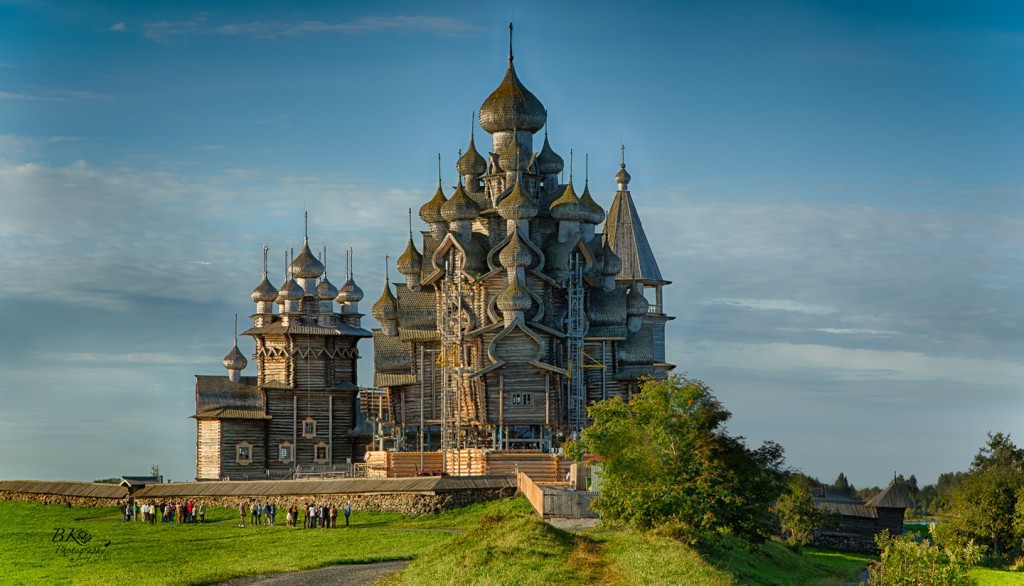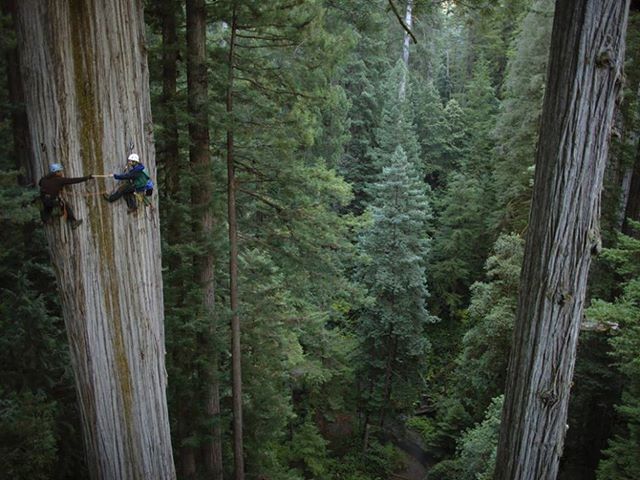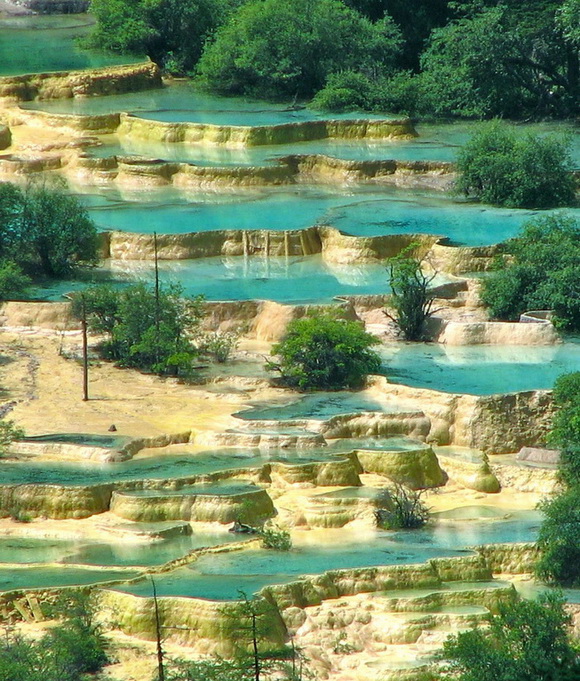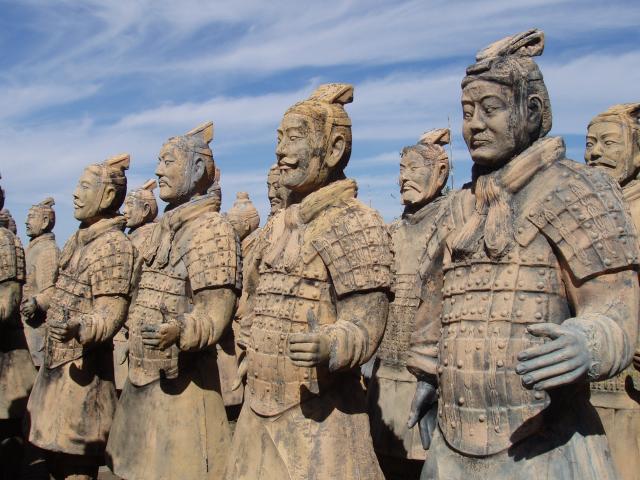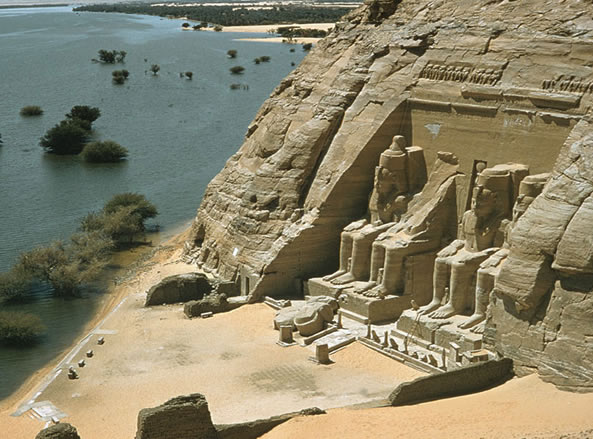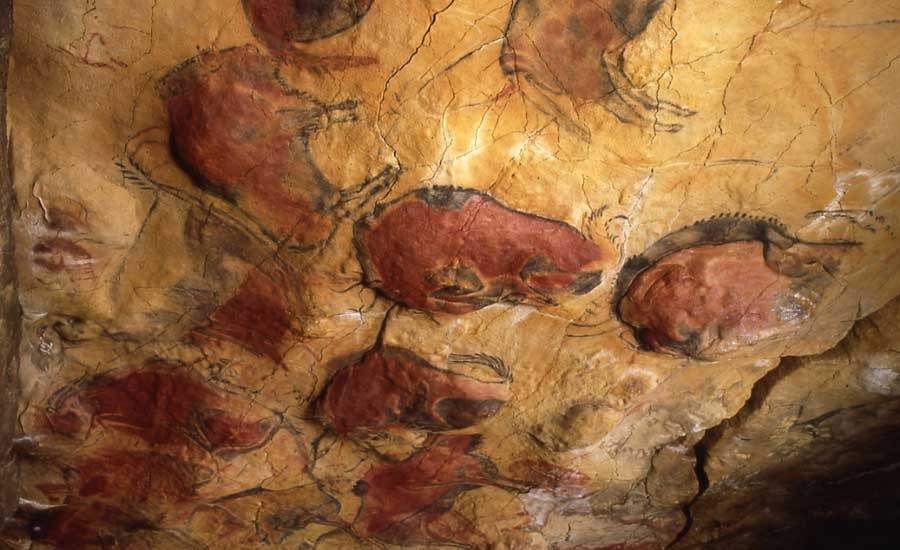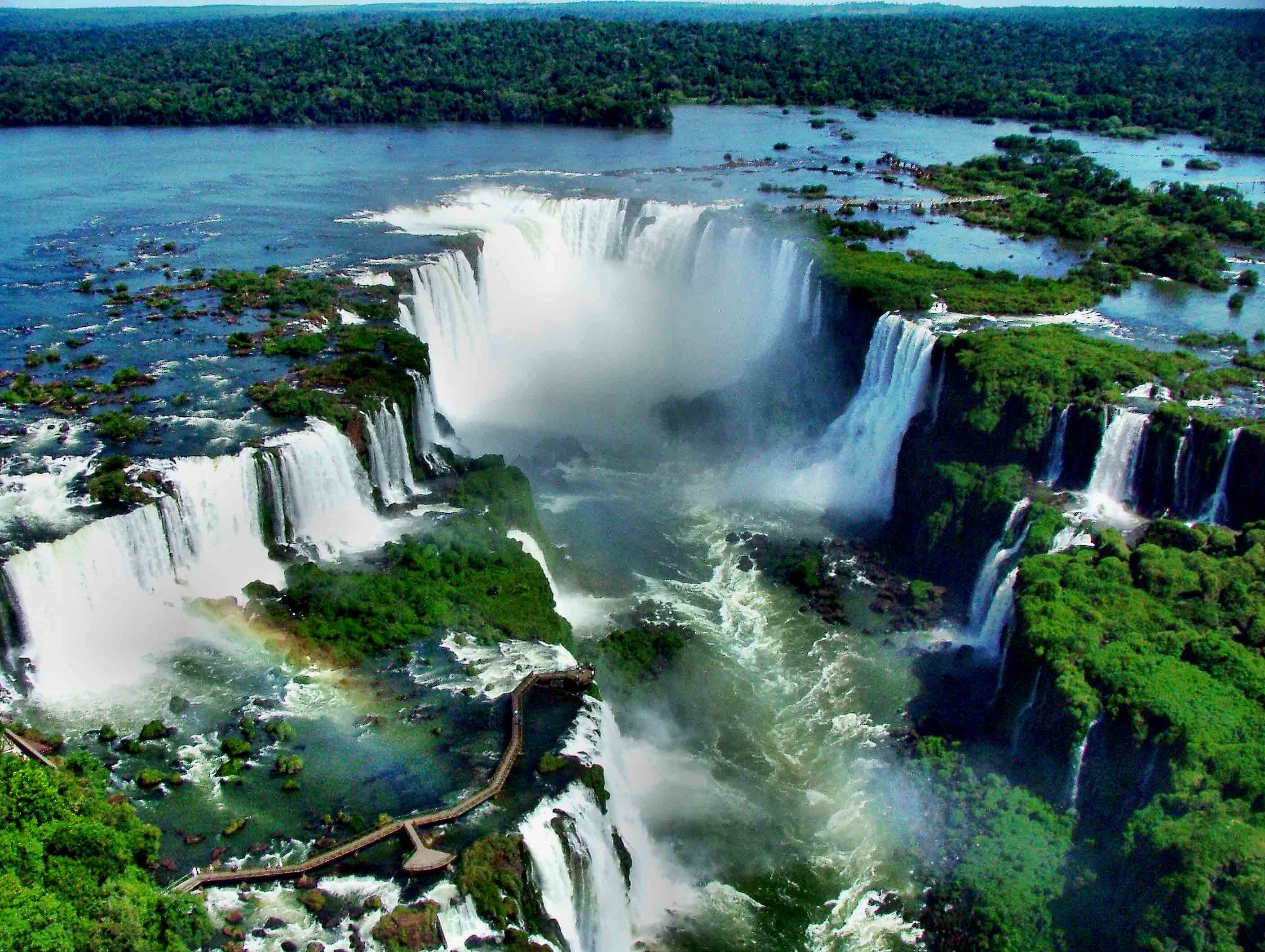
Altamira Caves, discovered by Marcelino Sanz de Sautuola in 1879, is located on a hill near the town of Santillana del Mar (Cantabria, Spain), just two kilometers away (by the CA-134). Their discovery 120 years ago, sparked much controversy among archaeologists for the authenticity of the same, and they did not believe prehistoric men capable of performing such perfect paintings.
Currently, they are the most important and famous caves of the Paleolithic worldwide. Altamira Cave has been de-clared a World Heritage Site by UNESCO and is one of the most important jewels of Cantabria and probably of Spain, given its universal recognition.
The entrance had been closed until its discovery by a landslide 13,000 years ago produced natural. Once inside stands out above everything, the polychrome room.
This is the main room, which always amazes all who visit for its spectacular. So much so, that often mentions this room calling it the «Sistine Chapel» of Quaternary art.
On the ceiling are nearly a hundred animals and signs, highlighting the 21 bison in different poses, accompanied by horses, boars, and bulls, made with different techniques (engraving, silhouetted, painted, scraped and shading effects) that occur as results in a composition of movement and beauty, only in Paleolithic art. Its realization dates back 14,000 years ago. The painting is made with natural ocher color and contour bloody figures with charcoal black lines.

Postures are admirable bison, shrunken, jumping or standing, latent evidence Paleolithic masterful expressionism. It also emphasizes the «Big Doe», the greatest figure painted in the cave, with 2.25 meters. The use of ceiling reliefs to express greater realism is by painter Altamira. The cave has a length of 270 meters development and numerous engravings along its route.
Some of them are even older, since the red paintings can be ascribed to the Solutrean period, about 20,000 years ago. We also found an important archaeological site in the lobby.
Finally, the narrowest and lowest of the cave, as a broker, is called the «tail». Focus is where a number of black marks, which resemble wooden ceilings or hunting traps.
Currently, since September 2002, the Altamira Cave is closed to the public. Currently not supported requests for visits.
Because of the general interest studies are underway to try to assess the feasibility of re-opening again allow public tours but it seems unlikely that the general public can come back to visit.

Also, since you can visit the exact replica, whose fidelity and quality will satisfy the interest of the thousands of visitors who annually come to Santillana del Mar. The work has been done by experts for several years, with a magnificent replica of the treasure of the humanity.
Schedules
Access to the caves closed.
Visits to the Museum of Altamira:
From May to October:
From Tuesday to Saturday from 9:30 to 20:00 h.
Sundays and holidays from 9:30 to 15:00 h.
From November to April:
From Tuesday to Saturday from 9:30 to 18:00 h.
Sundays and holidays from 9:30 to 15:00 h.
The museum is closed every Monday of the year, days 1 and 6 January, 1 May, the September 16, the 24, 25 and 31 December.
Holidays 2008: 20 and 21 March, 27 June, 15 June, November 1 and December 6.
Ticket Prices:
General admission: 2.40 €.
Reduced ticket: 1,20 €.
Annual ticket: € 24.04.
Free admission on Saturdays from 14.30 hours and Sundays all day May 18, International Museum Day, October 12, Columbus Day. December 6th, Constitution Day.
Equal treatment of all Latin American citizen’s access to the Museums of the Ministry of Culture.
